Collimated Visual Display
Our full motion flight simulator, replicates the feeling of aircraft movement very accurately using a Moog motion platform. Moog is the aviation industry leader in professional Level D motion systems.
Our motion system consists of six electric actuators and three pneumatic balance rams. Giving a total payload capacity in excess of three tons. At full payload the motion base can accelerate at +/- one G meaning that it can make you weightless for a split second.
Real motion systems work in quite unexpected ways, and installing and commissioning ours has been quite fascinating, if you’re interested in what we've learned read on.
What does a Collimated Visual Display System actually do?
A collimated display does three things:
-
It makes the out-the-window visual image appear distant, adding enormously to the realism of the scene.
-
It places the visual scene directly in front of BOTH pilots in a two crew flight deck allowing realistic visual approaches and eliminating parallax error found in direct projection displays, where the vanishing point of a scene is placed off axis from the eyepoint of the pilots.
-
It imparts a very strong illusion of vehicle movement by tricking the brain into believing that what is being seen through the cockpit windows is distant and therefore must be the outside world, therefore the brain concludes that the vehicle is moving through the world rather than looking at a moving image of the world on a screen.
How a Collimated Visual Display System works in a flight simulator
An optical collimator utilizes a concave (ideally parabolic) mirror that focuses light into straight lines or a beam. An example of this is the reflective assembly in a torch or spotlight that focuses the light diffused from the bulb into a straight beam.
If you have ever held a shiny spoon close up to your eye so that you are looking into the concave side of the spoon, you will see your eye reflected back and you may notice that it seems huge. The image of your eye is focused at infinity, this is because the light rays in the reflection have been collimated (made straight) by the concave reflective surface of the spoon.
Rays of light hitting our eyes from a distance (beyond 30 feet) are basically parallel, so if we want to create the illusion that an image is far away, we can do this by focusing the image at infinity, by making its light parallel, - collimating it.
Collimating optics have been used in flight simulator visual systems ever since they were developed by NASA during the Apollo space program, when astronauts needed a more convincing view of the moon’s surface outside the lunar lander simulator window. They are a requirement for Level D airliner simulators.
A flight simulator’s collimated display consists of a giant concave mirror (or mirrors) with the outside world displayed on a projection screen, or monitor that is reflected into the concave mirror, sometimes via a beam splitter- which is basically 50% reflective glass.
The newest kind of collimated visual systems use a single large mirror that wraps around the cockpit giving a continuous wide field of view, these are very large, very expensive, and very heavy.
We use a design utilizing six smaller mirrors and beam splitters; three on each side for the captain and co-pilot views respectively. Each side has a field of view of about 115 degrees with an additional cross cockpit view.
Ready to fly?
We offer a whole range of flight simulator experiences that everyone can enjoy, whether you're a complete flying novice or an experienced pilot looking to gain extra training hours.
Advantages of Collimation
When an image is focused at infinity it follows the movement of your head, this means that when you are standing up in the cockpit of a full flight simulator using a collimated visual, if you look out the window, you are looking down on the runway and cannot see the horizon, when you sit down into the pilot’s seat, the horizon comes into view, just like it does in real life. Compare this to a direct projected view placed a few feet from the cockpit glass and it looks wrong especially when on approach and landing because it puts the image off axis to the pilot’s line of sight.
In a collimated visual system the captain and first officer will both see the runway directly in front of them during takeoff and landing, as in real life, in a projected non-collimated display one or both pilots will always be off-axis with respect to the image displayed.
All of the above adds up to a much more compelling and exciting flight simulator experience.

